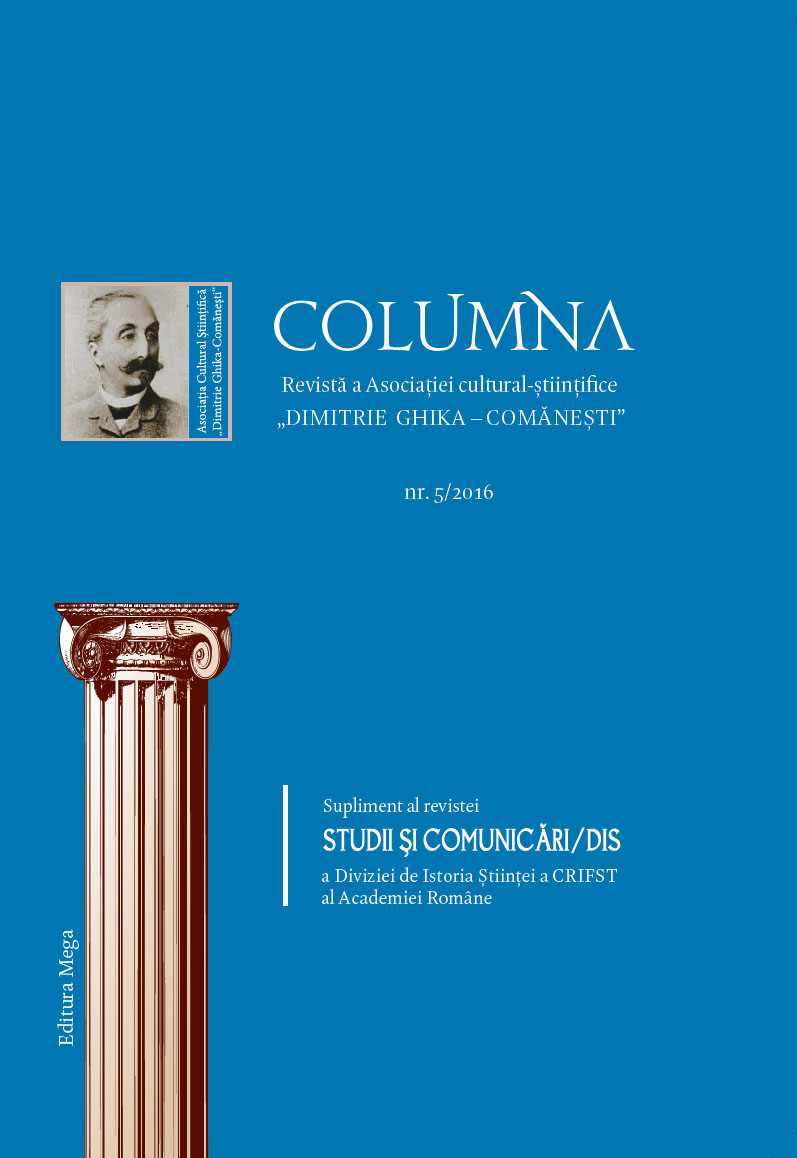Bucureștii în secolul al XVII-lea: structuri socio-economice
Brief comments on the ancient Orient institutions
Author(s): Georgeta BordeiSubject(s): 17th Century
Published by: Asociația Cultural Științifică „Dimitrie Ghika-Comănești”
Keywords: Bucharest; merchandise; craft; trade; local history;
Summary/Abstract: In the first half of the eighteenth century, Bucharest experienced an upward economic recovery due to the diversification crafts,enhance the exchange and propagation of merchants. After 1650 Bucharest and Romanian entire country has experienced a period of nearly six decades of relatively peaceful development, because of the onset „Eastern crisis”. At the time of Brancoveanu, they were recorded over 60 crafts and craftsmen had organized themselves into guilds. Royal Court have significant commercial links with European markets through emissaries or large merchants Bucharest. There were four major fairs. Two days were traditional fair on Tuesdays and Fridays, then, the fair was held and on religious holidays, such as „estates” at the end of June. From this religious holiday and the place where they met buyers and merchants, has been preserved to this day street name „Mosilor”. The streets were named after the merchandise or craft respectively.The names are used in the XXI century: Lipscani, Şelari, Gabroveni, Blănari etc. The most famous inns were those of Serban Cantacuzino and Constantin Brancoveanu. Part of entry into the cellars of the inn Serban Voda can be seen through archaeological excavations in front of the National Bank of Romania
Journal: COLUMNA
- Issue Year: 2016
- Issue No: 5
- Page Range: 299-305
- Page Count: 7
- Language: Romanian

